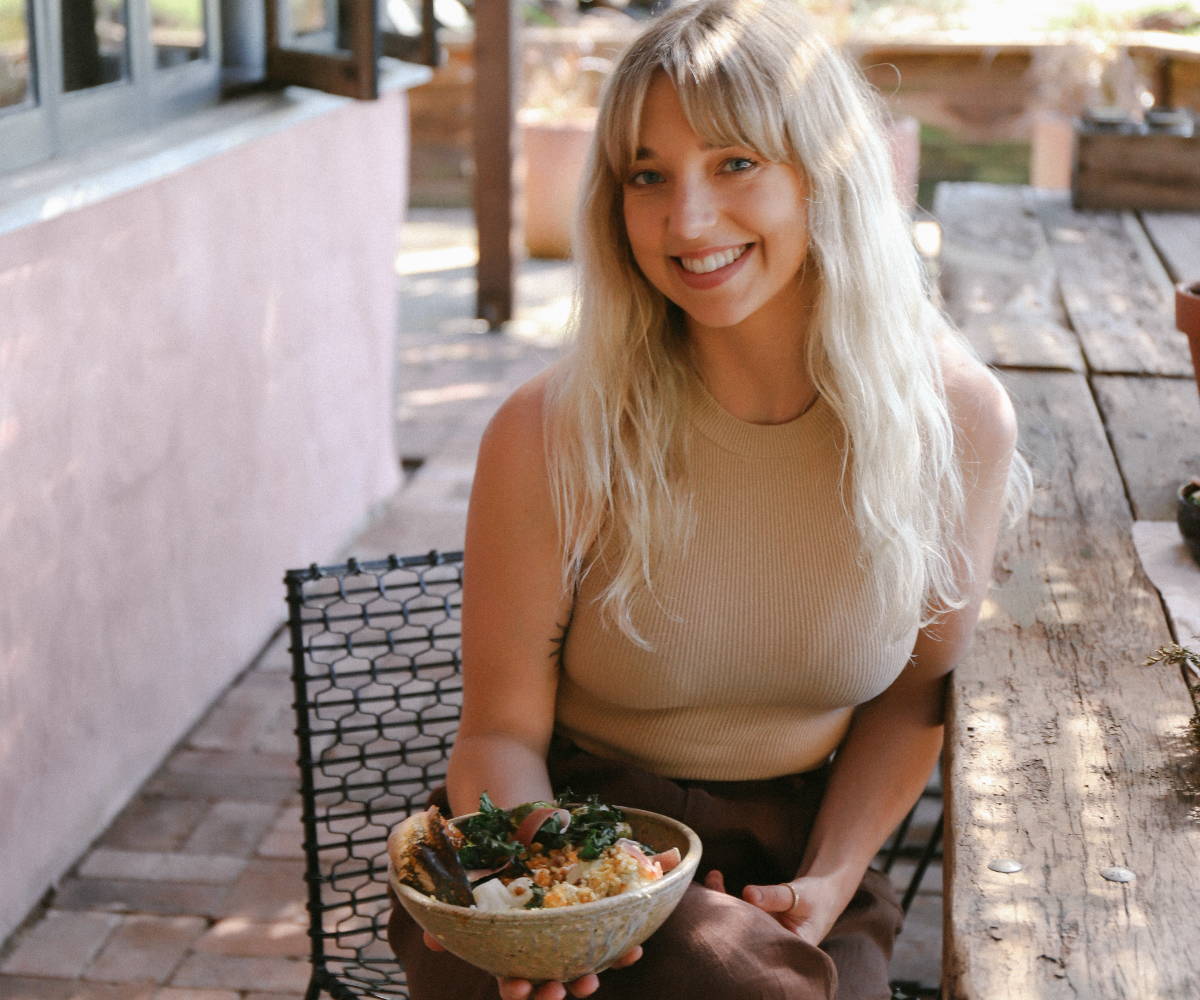With so many protein powders, post-workout supplements and diet trends to follow, knowing exactly what to eat after exercise can be confusing! There are many factors to consider including the type of exercise you are doing, the duration and intensity of the workout, and what your personal health goals are. Are you looking to slim down? Trying to gain muscle mass? Maybe you’re training for an upcoming event?
Once you have established what your goals are, it’s important to nourish your body accordingly with adequate carbohydrates, proteins and healthy fats.
Carbohydrates - why we need them.
The more active you are and the higher muscle mass you have—the more carbohydrates your body will need. Eating complex carbohydrates will help replenish glycogen levels after training and provide you with long-lasting sustained energy. These include starchy vegetables, legumes, brown rice, oats and quinoa.
Proteins - why we need them.
Similar to carbohydrates, the amount of protein you require is determined by your activity levels. Don’t be fooled into thinking more protein is better for muscle gain—in fact, our bodies can only absorb roughly 20g of protein at one time. If you’re consuming over this amount, the surplus amino acids you have are being excreted through urine, while excess proteins are being stored as fat. It’s important to try and replenish your muscles with protein and carbohydrate within 30-60 minutes post-exercise to aid in recovery.
Fats - why we need them.
Consuming essential fatty acids like omega-3s after a workout is a great way to deliver oxygen to tired muscles, which can improving endurance, lower inflammation and may help in speeding up recovery. Healthy fats are recommended and should be consumed in moderation. Every person has different requirements according to their body weight, height and age.

What should your plate look like?
(Recommendations below are for meals after easy to moderate intensity training sessions up to 1 hour.)
Roughly half of your plate should come from fruits and vegetables, one quarter from protein and calcium-rich foods, one quarter from carbohydrate-rich foods and 1-2 tablespoons of healthy fats. Aim to follow this every meal, even on recovery days. This is essential for maintaining muscle and allowing for tissue recovery as this process can take 24-48 hours.
Protein and calcium rich foods: Red meat, chicken, fish, eggs, beans, lentils, soy products, nuts and seeds.
Carbohydrate rich foods: Oats, brown rice, wholemeal or legume pasta, wholegrain bread and potatoes.
Healthy fats: Avocado, nut butter, olive oil, raw seeds and nuts.
Low GI vegetables: Green leafys, zucchini, capsicum, cucumber, carrot, tomato, mushrooms and celery.
Low GI fruits: Apples, green banana, peaches, berries, pear, oranges and grapefruit.
Please note: These guidelines will vary from person to person depending on age, activity level, weight and nutrition requirements. Please seek out advice from a trusted sports nutritionist if you have specific exercise and diet goals.
GET IN TOUCH WITH ERIN
Instagram: @thelongevity_nutritionist
Bookings: www.thelongevitynutritionist.com.au
Email: erin@thelongevitynutritionist.com.au
About Erin
Erin is a Clinical Nutritionist with a passion for longevity medicine and researching new ways to optimise our health span, while prolonging our lifespan. With chronic disease on the continuous rise, it’s never been so important to take care of our bodies now, starting from any age.
